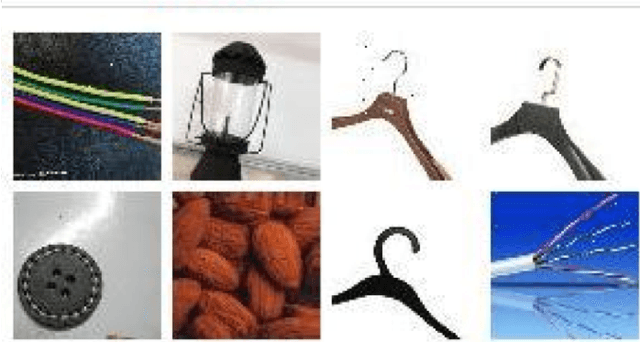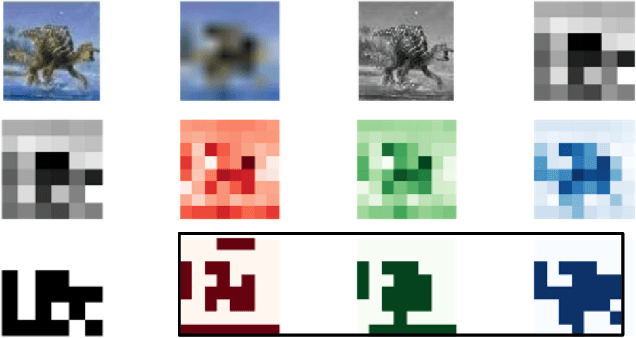Learning to Associate Words and Images Using a Large-scale Graph
Paper and Code
May 22, 2017



We develop an approach for unsupervised learning of associations between co-occurring perceptual events using a large graph. We applied this approach to successfully solve the image captcha of China's railroad system. The approach is based on the principle of suspicious coincidence. In this particular problem, a user is presented with a deformed picture of a Chinese phrase and eight low-resolution images. They must quickly select the relevant images in order to purchase their train tickets. This problem presents several challenges: (1) the teaching labels for both the Chinese phrases and the images were not available for supervised learning, (2) no pre-trained deep convolutional neural networks are available for recognizing these Chinese phrases or the presented images, and (3) each captcha must be solved within a few seconds. We collected 2.6 million captchas, with 2.6 million deformed Chinese phrases and over 21 million images. From these data, we constructed an association graph, composed of over 6 million vertices, and linked these vertices based on co-occurrence information and feature similarity between pairs of images. We then trained a deep convolutional neural network to learn a projection of the Chinese phrases onto a 230-dimensional latent space. Using label propagation, we computed the likelihood of each of the eight images conditioned on the latent space projection of the deformed phrase for each captcha. The resulting system solved captchas with 77% accuracy in 2 seconds on average. Our work, in answering this practical challenge, illustrates the power of this class of unsupervised association learning techniques, which may be related to the brain's general strategy for associating language stimuli with visual objects on the principle of suspicious coincidence.
 Add to Chrome
Add to Chrome Add to Firefox
Add to Firefox Add to Edge
Add to Edge